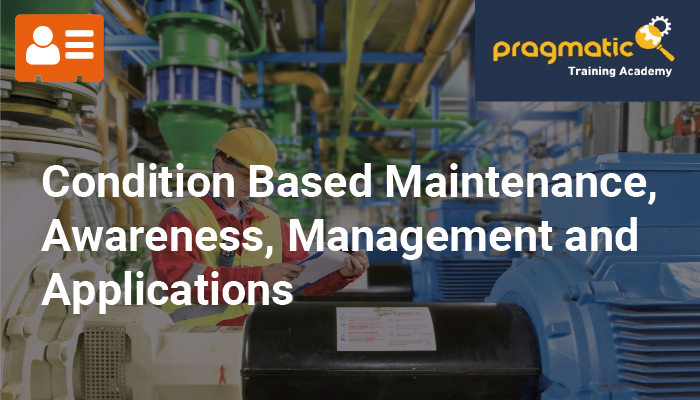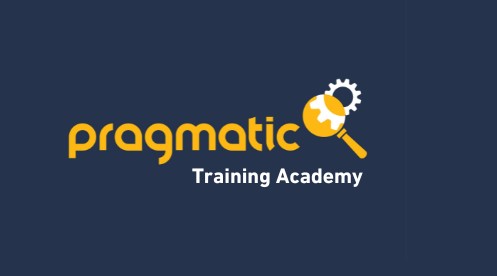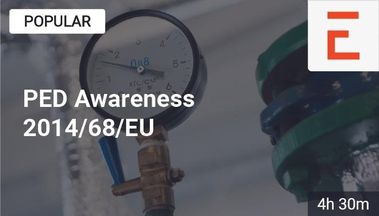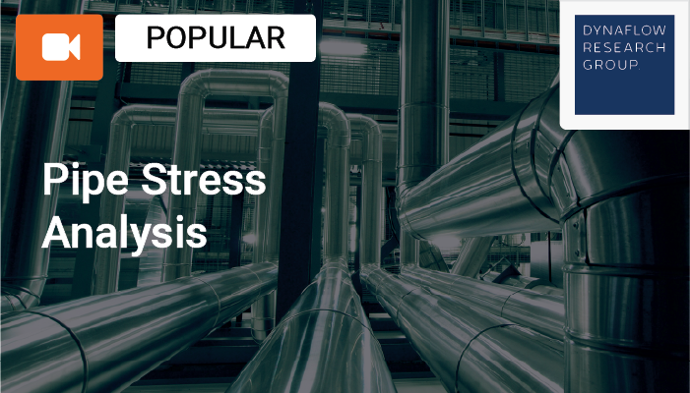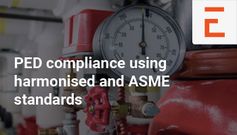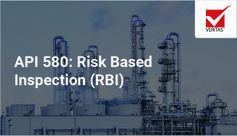Condition Based Maintenance, Awareness, Management and Applications
Join the Program
Virtual or Classroom
24hr Content
Registration deadline: 15 July 2024
Custom Scheduling
Andy Mellor
INCO3601
Format:
Instructor-led
Join the Program
To register multiple team-members at once, use the link below.
Need a dedicated version of this program for your team? Please contact us.
Course Objective
“Participants will gain an understanding of key concepts pertaining to Condition Monitoring and Condition Based Maintenance, including Vibration Monitoring, Thermography, Ultrasound and Oil Analysis.”
Private course for team
Custom scheduling
Industry Expert
On-site or virtual
1-year access
to course material
PDH Hours qualified course
Read more here
About the course
In-Company
Live sessions
24hr Content
Custom
English
INCO3601
Condition Based Maintenance is an increasingly used strategy for maintaining industrial assets, offering significant cost benefits when compared to time-based preventative maintenance and run-to-failure strategies.
To maximise these cost benefits a structured approach is required, and this course provides a tried and tested process which is applicable to any industry, providing maintenance managers, engineers, and planners with the conceptual and practical knowledge to implement successful Condition Monitoring and Condition Based Maintenance programmes.
The course covers important topics such as, when to apply Condition Based Maintenance, how often to monitor assets, how to choose between different data collection methods, including online / cloud based monitoring, the role and limitations of AI approaches, the requirement for consistency in data collection, how to set alarm and limit values, the importance of failure / root-cause analysis to secure feedback and create opportunities for continuous improvement of asset reliability and reductions in maintenance cost.
Optional modules cover a variety of condition monitoring technologies. Participants can select a mixture of these that are appropriate to their assets.
The course consists of 24hr of live sessions, split across multiple sessions, with the instructor. All training content is provided through your EngineeringTrainer account.
After the course you maintain 1-year unlimited access to the course, including any new course material. This allows you to perform modules again should you need to refresh your knowledge.
Questions? Contact us
hello@engineeringtrainer.com
+31 (0)85 058 0051
Monday - Friday, 9am - 6pm CEST

Meet your instructor
Managing Director
Machinery Troubleshooting, Condition Monitoring, Maintenance Management Consultancy, In-Situ balancing, Industrial Reliability Improvement.
Program & Details
The Purpose of Maintenance
What constitutes a failure?
Maintenance strategies
Run to failure
Time / usage based
Condition based
Failure finding
Design-out
Prerequisites for Condition-Based Maintenance
The P-F interval concept and its relationship with criticality
Trendability
Condition Monitoring vs Condition Inspection.
Availability, Reliability, Mean Time to Failure
Burn-in, random and wear out failure distributions. Weibull Analysis
Physical Failure Mechanisms
The relationship between installation quality, loading roughness, physical failure mechanisms and the P-F Interval
Continuous Improvement
Criticality Analysis & prioritisation
Technical analysis, FMESA
Set-up
Routine Monitoring – Data collection
Routine Monitoring – Screening, Diagnosis, Prognosis
Feedback loops, long term and short term
Review
A look at the hype and reality of claimed cost savings
A robust process to calculate cost savings
Practices that secure a sound return on investment
Making the case for investment in Condition Based Maintenance
The benefits of Planned Maintenance
The relationship between P-F intervals and Planning horizons
What is Competence?
Inhouse Monitoring
Outsourced Monitoring
Mixed Approach
Online Monitoring
The use and current status of AI in screening and analysis
Using CM technologies for:
Early Life Management
Mid-Life Management
Obsolescence / End of Life Management
Different approaches to RCFA
Cause and Effect
Necessary and Sufficient Causes
Using Condition Monitoring information in RCFA
Change / Difference Analysis
Convergent vs Divergent thinking and the need for both
When to stop
Devising and implementing solutions
Technology-Specific Modules - Pick A and 2 others for course of 24hr Content
How to structure information in the workplace so inspections are easily carried out and the results of inspections are actionable.
What is vibration?
How is it quantified?
Vibration analysers and measurement equipment
How do vibration sensors work?
The influence of sensor mounting on measurement accuracy
Vibration signal processing
Vibration data plots
The relationship between machinery faults and vibration signatures
Where to measure vibration?
Vibration standards and setting limits
Case histories
Oil viscosity and its measurement
The make-up of lubricating and hydraulic oils
Elemental spectral analysis of oil
Oil oxidation and test to detect and quantify oxidation
The role of bases in engine oils
The effect of water and particulate contamination on the life of lubricated components
Tests to detect water and particulates
The relationship between metallic wear and particle concentrations
Tests to detect ferrous wear
Oil sampling – how to get a representative sample safely, without introducing contamination
Sampling frequencies
Visual inspection whilst sampling
Interpreting lab reports
Contamination control in lubrication
What is Infra-Red radiation? (IR)
IR cameras vs IR thermometers
How IR cameras Work
Camera palettes and image presentation features
Selecting the camera range
The importance of focussing on measurement accuracy
Distance, image resolution and temperature accuracy
Emissivity and reflectivity in theory and practice
Reflected Ambient Temperature
Applications – Mechanical, Building, Process, Electrical
Safety considerations
Qualitative vs Quantitative thermography
Limits and standards for electrical IR
Introduction
AC motor construction
Making motor signature measurements
Rotor bar fault detection
Eccentricity detection
Mechanical fault detection
What are acoustic emission (AE) and ultrasound (Us)?
Processes that generate AE and Us
Features of AE and Us instrumentation
Applications with case histories:
Compressed Air Leak detection
Steam Trap monitoring
Bearing monitoring
Slow-speed machinery
Electrical discharges
Results
After this course, you...
be able to identify where Condition Based Maintenance can be successfully applied and where it cannot.
be able to identify relevant technologies for a given asset.
be able to identify a suitable monitoring / inspection interval for a given technology / asset.
be able to manage the implementation of Condition Based Maintenance using the Pragmatic process.
understand how to leverage Condition Monitoring / Condition Based Maintenance to drive improvements in Asset reliability and availability, reduced maintenance costs, and improved labour utilisation.
Who should attend this course
This course is aimed at anyone who will be involved in applying or using Condition Monitoring or Condition Based Maintenance including:
New CM practitioners,
Maintenance engineers and managers,
Reliability engineers and technicians,
Engineers responsible for interpreting and acting on CM reports,
Production supervisors who want to understand how asset condition impacts production plans.
Prerequisites:
Some familiarity with the management of maintenance in an Industrial, Utilities, or Building Management setting is useful.
Level: Intermediate
Live sessions
This course consists of instructor-led group sessions, these group sessions can be Virtual or Onsite. During these sessions participants can ask questions to the instructor which are discussed, as well as questions submitted beforehand in the learning portal.
After each live session used slides and exercise documents are made available to participants on the learning portal.
Please note that for privacy reasons no recordings of the live sessions are made or provided.
You receive 1-year unlimited access to the course. This allows you to watch content again if this is beneficial for your daily work activities.
Live sessions
This course consists of instructor-led group sessions, these group sessions can be either virtual or on-site. During these sessions participants can ask questions to the instructor which are discussed, as well as questions submitted beforehand in the learning portal.
After each live session used slides and exercise documents are made available to participants on the learning portal. You receive 1-year unlimited access to this material in the learning portal.
Please note that for privacy reasons no recordings of the live sessions are made or provided.
A personal digital certificate will be made available to each participant upon full attendance.
Example Certificate:
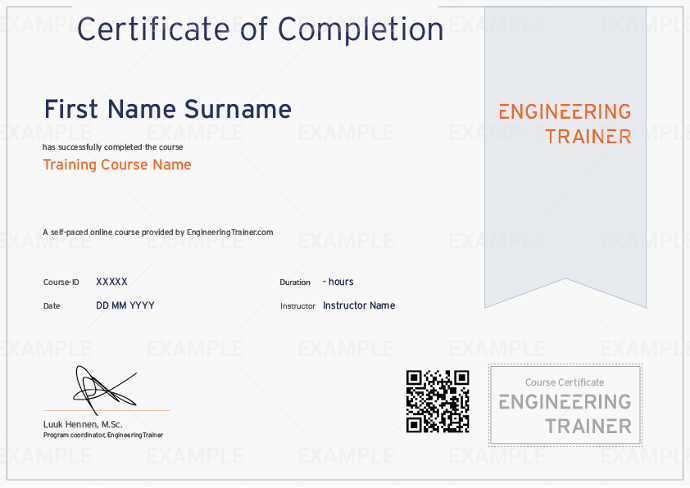
FAQ
This course consists of instructor-led live sessions which consist of presentations, demonstrations and discussions of questions. During each live session participants can ask questions to the instructor (through chat or microphone) which will be answered.
Please note that for privacy reasons no recordings of the live sessions are made or provided.
The training material used in the live sessions, for example the slides or exercises, will be available in the EngineeringTrainer portal for a year after the date of the training allowing you to refresh your knowledge or review material if needed.
No, course content is not available for download.
The training material used in the sessions, for example the slides or exercises, will be available in the EngineeringTrainer portal for a year after the date of the training allowing you to refresh your knowledge or review material if needed.
Please note that for privacy reasons no recordings of the live sessions are made or provided.
Yes, interactive Q&A sessions are part of the live sessions in this course and allow you to interact with the instructor and ask questions.
To respect the privacy of the participants the live sessions will not be recorded, and as such the live sessions cannot be played back. Therefore it is important for all participants to block the time slots of the live sessions in their calendars and be present.
No software licenses are provided as part of this course.
Yes, this course qualifies for PDH hours as per the NCEES CPC Guidelines.
